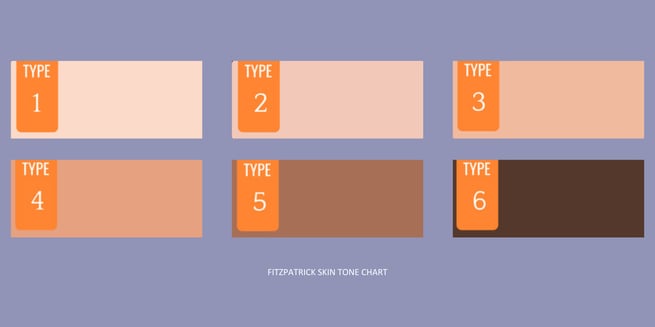
We get it—getting started with laser and light treatments can seem daunting at first. For example, what is the best laser treatment for sun-damaged skin? Is there one?
But before choosing a laser treatment at all, there are important factors that you should consider.
At Delta Laser, nested in British Columbia, our staff are experts in light and laser treatments with years of experience. Before proceeding with treatment, our consultants determine the best option for you and what each could achieve.
In this post, we’ll expose the most important factors for choosing the right laser treatment for you using three broad categories: skin tone, area of concern and downtime.
Let’s dive in.
So, first things first, what is a laser treatment, how does it work, and what are its benefits?
The word “laser” is an acronym for “Light Amplification by Stimulated Emission of Radiation”. Using a narrow beam of light energy, laser treatments are designed to selectively target certain areas of the body (often skin, hair and vessels) for controlled injury.
But don't worry. This stimulates collagen production, a protein that helps maintain the skin’s structure. Then, the body’s natural healing response creates newer and tighter skin.
The benefits of laser and light treatment include skin tightening, hair removal, and management of pigmentation issues. This brings us to the first consideration when choosing the right treatment:
Different skin tones react differently to the various wavelengths of laser and light energy. This is because the level of melanin, our natural pigment that absorbs light energy, varies amongst different people. Therefore, certain light-based treatments are harmful to certain skin types. For example, the lighter Fitzpatrick skin types are more suited for IPL (Intense Pulse Light).
Using tools like the Fitzpatrick skin type chart to determine what color matches yours best, we determine what laser treatment works best for you. We would also identify your skin sensitivity.
This first step helps to determine if certain laser treatments are feasible in the first place.
 Fitzpatrick Skin Types (1-6)
Fitzpatrick Skin Types (1-6)
Given that laser treatments manage different conditions, ranging from sun damage to scarring, another consideration is the target problem. What is your main area of concern?
Does any look familiar to you or anyone you know?

A – Fine lines, B – Dull skin, C – Rough skin
A, B and C: These are textural issues. Skin texture concerns are closer to the surface of the skin’s barrier and are often due to dead skin buildup, acne scarring and pollutants. Examples include fine lines, dull skin and rough skin.
These tend to respond to ablative treatments. An example is the Fractional CO2 Laser.
However, because ablative treatments are aggressive and have a longer recovery time, non-ablative options like Fraxel can also be used effectively.
This is why we’d rather offer non-ablative treatments for these conditions, as these offer zero to minimal downtime, less swelling and lower infection risks.

D – Red pigments, E – Brown pigments, F – Sunspots
D, E and F: These are pigmentation issues. Skin pigmentation concerns begin deep in the skin’s barrier and are often due to sun exposure, scarring and skin injuries. Examples include rosacea or diffuse facial redness, broken capillaries, hyperpigmentation and sunspots.
The best laser and light treatments for these are non-ablative treatments. Non-ablative treatments work on deeper skin layers without removing the outermost layer. Therefore, they are less aggressive and cause minimal damage to the skin’s surface.
Some non-ablative light and laser treatments we offer at Delta Laser are:
Speaking of downtime, the time you’re willing to spare for the overall treatment process is also a key factor. At Delta, the treatment itself can last for roughly an hour.
However, the post-healing process constitutes the majority of the downtime.
As discussed above, these light and laser treatments vary in downtime based on their mechanism of action. The non-ablative requires zero to minimal downtime, and you can resume your daily activities quickly. This is unlike the ablative, which may require up to a few weeks.
Determine how much time you can commit to and remember any upcoming events that could occur during your recovery. This should also be discussed at your consultation.
Here are a few bonus tips from our experts:
“Before starting the treatment, you should stop using retinol one week before and after treatment. You should also inform your laser technician if you’re on any medication that thins the skin or blood.”
Now, you can confidently consider a light and laser treatment and know what questions to come equipped with.
You can book a consultation with one of our specialists to find the best laser treatment for your needs.
